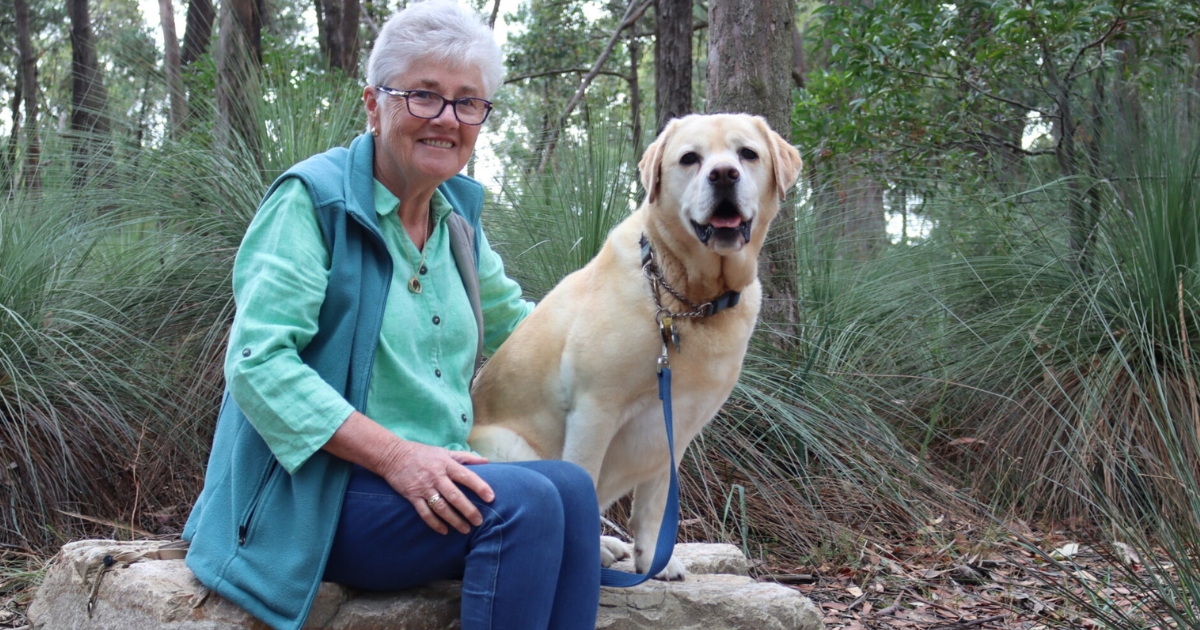Dimming pollution to brighten the night sky

Residential spillage: Judith Bailey said shifting to 2700-kelvin streetlamps, especially in new estates, would help Ballarat become a Dark-Sky community. Photo: CHIPPY RIVERA
IF you ever travel through an urban forest or green corridor at night in Ballarat, it’s worth taking note of stars overhead.
Ballarat Municipal Observatory & Museum manager, Judith Bailey said light pollution surveys have proved that above areas like Woowookarung Regional Park or the Whitehorse ridge near Ballarat Gold Mine, it’s much easier to see the night sky’s detail.
These conditions are in contrast to most of the city, which spills artificial lighting upwards from the streets, and makes it difficult for stargazers to enjoy their pastime across the suburbs.
But as secretary of International Dark-Sky Association Victoria, Ms Bailey understands things don’t have to be this way, and Ballarat could become a Dark-Sky community, in partnership with the IDA.
“This invasion of light into the atmosphere is affecting how astronomers do their work. It’s spilling out and for professional astronomers, they have to take all that into calculation when doing their work with the telescope,” she said.
“There are thousands of people who like to go out in their back yard and look at the night sky. The more light pollution, the less you can see the dimmer stars. They become extinguished.
“In parts of Melbourne, you can only see four stars of the southern cross, and not the fifth dimmest one. So the International Dark-Sky Association is looking at ways to reduce light spill.”
The IDA, originally launched in Arizona, has an accreditation process for Dark-Sky parks, sanctuaries and communities, with many around the world.
“Australia has the Warrumbungle Dark-Sky Park, there’s one on the Murray River in South Australia, and another in Winton, Queensland,” Ms Bailey said.
“We’re just starting a process here in Ballarat. Now we’re still putting in developments and housing subdivisions, we really need to look at having more modern lamps, with no spill lighting so it’s all directed down.”
She said 2700-kelvin streetlamps, or 3000 kelvins at the most, with full cut-off shades, would be ideal for Ballarat to be on track for Dark-Sky community approval.
“They’re not as glary and bright, and they’re a softer colour. All of that reduces a lot of light spill into the atmosphere.”
It would be an expensive process to ensure all streetlights are compliant, but Ms Bailey questions whether the current amount of major road lighting and housing estate lamps, and their hours of operation, are necessary.
“Do we really need lights all the time on straight sections of road, and right throughout all the early hours of the morning? They could have timers on them, you don’t really need them, and we shouldn’t be able to see them from so far away.
“If you drive out in the country, there aren’t streetlights on the straight sections, only at intersections, which is a reasonable thing,” she said.
“We need to think of ways to make it more economical. The electricity bill for any council is one of their biggest bills. Wasted energy is also wasted money. We could unlock funds for more worthy projects.”
Ms Bailey said it’s not just “high ambient” lamp spill along roads that has an impact, but lighting coming from homes and businesses overnight.
The unnatural illumination’s glare could also affect the vision of night drivers, and the greater wellness of residents and wildlife.
“We have a chemical in our bodies called melatonin which, when we go to sleep in the dark, it’s made in our body and helps to suppress cancer,” Ms Bailey said.
“We need the dark, and the more we impinge into it and reduce the ability of our body to make melatonin, the more we upset our circadian rhythm and our health.
“It’s not only humans, but in animals as well. Nocturnal animals are designed to operate in the dark, and lots of light can interfere with their food cycle and reproductive cycle.”
Visit observatory.ballarat.net/city-of-ballarat-dark-sky-community.


















